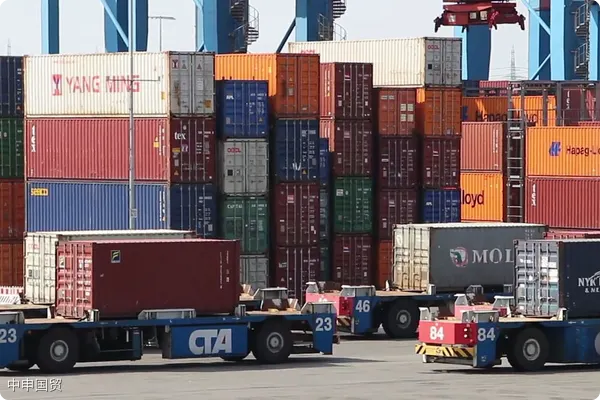- Shanghai Zhongshen International Trade Co., Ltd. - Two decades of trade agency expertise.
- Service Hotline: 139 1787 2118

The Underestimated Hidden Cost Trap
A machinery manufacturing enterprise planned to import precision machining equipment worth $2 million in 2025. When the finance department calculated the self-operated import costs, they only accounted for the 6.8% tariff and transportation expenses. However, during actual operations, a classification error resulted in late payment fines of 126,000 yuan, and logistics delays caused production line shutdown losses exceeding 500,000 yuan. This real case reveals:Equipment ImportsThe hidden costs often exceed corporate expectations by 3 to 5 times..
The four key dimensions of cost accounting
The full import cost should include both explicit expenditures and implicit risks:
- Cost of capital occupation
- Difference in margin freeze period: 28 days on average for self-operated vs 15 days for agents.
- The foreign exchange risk exposure has expanded by 2.3 times.
- Compliance risk costs
- Customs AEO-certified enterprises see a 40% year-on-year increase in violation costs (2025 new regulations).
- Error rate in handling technical trade measures: Self-operated 78% vs Agent 9%
- Time loss cost
- The surge in warehousing costs due to customs clearance delays has increased by 127%.
- The production capacity gap caused by delayed equipment debugging
- Managing sunk costs
- The cultivation cycle for a professional team exceeds 18 months.
- The investment in system construction reaches 15% of the annual import volume.
Value Reconstruction Model of Agency Services
Professional agency companies create triple value through economies of scale and technological empowerment:
- Optimized Tariff Combination
- The maximum tariff reduction under the free trade agreement reaches up to 12%.
- The success rate in handling classification disputes is 92.7%.
- Risk isolation mechanism
- Pre-compliance review prevents 98% of declaration errors.
- Purchase trade insurance to cover 70% of accidental losses.
- Supply Chain Integration
- The transportation cost for special equipment has been reduced by 23%.
- The turnover efficiency of bonded warehousing has increased by 40%.
2025 agent service innovation models
Leading proxy service providers have developed a new capability matrix:
- Intelligent Customs Clearance SystemReal-time integration with 35 Single Windows for Customs
- Early warning for technical trade measuresCovering the latest entry requirements for 82 countries
- Equipment full lifecycle managementFrom import to installation and commissioning
- Flexible Service BillingProfit sharing based on the actual proportion of cost savings.
Five validation metrics for decision models
Enterprises can evaluate the necessity of cooperation through the following formula:
- Single batch cargo value × Comprehensive tax rate difference > Agency service fee + Opportunity cost
- Annual import frequency × Single shipment time loss > Team annual labor cost
- Equipment Criticality × Delay Loss Coefficient > Risk Coverage Amount
- Technical Complexity × Error Response Rate > Professional Service Premium
- Supply chain stability requirement × 0.3 > Investment in self-built system
A semiconductor company imported 10 batches of lithography machine components in 2025. After entrusting an agent, the overall costs decreased by 19%, and the standard deviation of equipment delivery time was reduced from 14 days to 3 days. This typical case proves that:When a company's import activities reach a certain level of complexity, the value created by professional agents far exceeds the apparent service fees..
Related Recommendations
? 2025. All Rights Reserved. Shanghai ICP No. 2023007705-2  PSB Record: Shanghai No.31011502009912
PSB Record: Shanghai No.31011502009912










